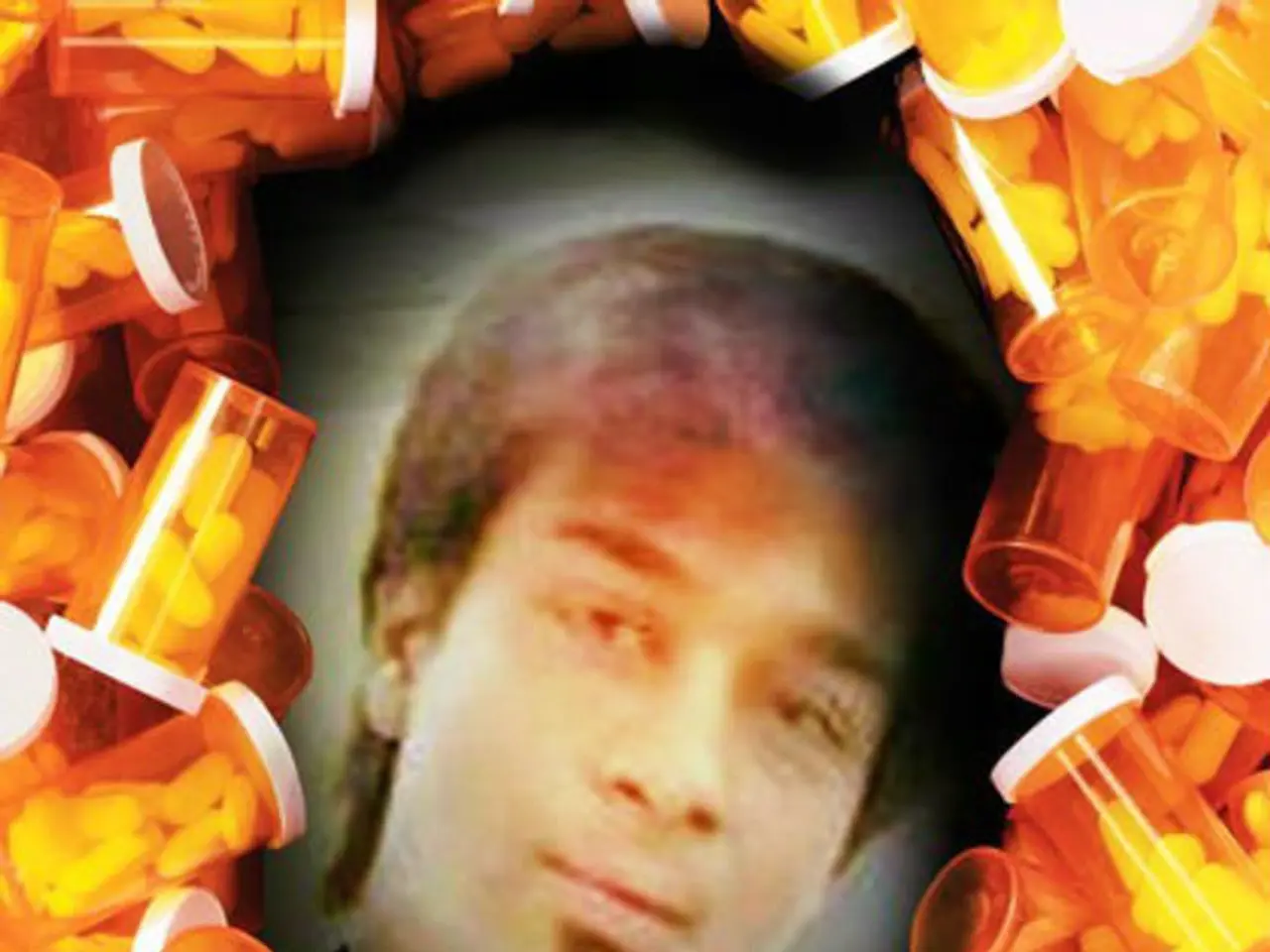Bile Duct Stone Issues: Signs, Origins, and Remedies
Bile duct stones, also known as choledocholithiasis, can cause a range of health issues. These stones, which form in the bile duct, can block the flow of enzymes from the liver and pancreas, leading to serious complications.
The pain associated with bile duct stones is usually intense and can radiate to the back or shoulder. It often appears suddenly and can last for many hours. If a stone lodges in certain areas, it can damage the pancreas, liver, and digestive system.
Common comorbidities associated with bile duct stones include acute cholangitis, acute cholecystitis, acute pancreatitis, and Mirizzi syndrome. Acute cholangitis is a serious infection of the bile duct caused by obstruction from stones. Symptoms include abdominal pain, fever, jaundice, and sometimes chills.
Acute cholecystitis occurs when stones block the gallbladder neck, causing inflammation and infection. It is often accompanied by constant right upper quadrant pain and fever. Acute pancreatitis can develop when stones block the shared channel of the bile duct and pancreatic duct, leading to pancreatic inflammation and upper abdominal pain. Mirizzi syndrome involves bile duct obstruction by impacted stones, which may cause jaundice and cholangitis.
Metabolic conditions like diabetes and liver disease that influence stone formation are also commonly linked with bile duct stones. These underlying disorders contribute to bile composition abnormalities that predispose to stone formation.
People should not self-diagnose bile duct stones and should speak with a doctor as soon as they suspect them. Preventive measures to reduce the risk of bile duct stones include eating a lower fat diet, adding more fiber, attaining a moderate body weight, avoiding crash diets and extremely low calorie diets, talking with a doctor about medications, seeking excellent prenatal care during pregnancy, and being aware of unusual or new abdominal pain during pregnancy.
Jaundice from bile duct stones can cause the skin or eyes to look yellow, and the yellow can range from very faint to quite dramatic. A person with bile duct stones may develop pancreatitis, causing fever, pain in the upper right abdomen, intense nausea, or white or clay-colored bowel movements.
For people with gallstones who become symptomatic, the most common symptoms are pain in the upper right abdomen, jaundice (yellowing of the skin or eyes), and changes in bathroom habits. In some cases, a doctor may recommend immediate emergency surgery for bile duct stones.
Gallbladder removal reduces the likelihood of gallstones and bile duct stones, but it does not completely eliminate the risk, especially for those whose doctors only remove a portion of the gallbladder. A doctor may recommend antibiotics before surgery to treat bile duct stones.
It is essential to remember that this article is for informational purposes only and should not be used as a substitute for professional medical advice, diagnosis, or treatment. Always consult with a healthcare provider for any health-related questions or concerns.
Depression and obesity have been associated with an increased risk of developing bile duct stones. Macular degeneration, a degenerative condition affecting the eye, often occurs in those with certain metabolic conditions, including bile duct stones.
Besides the risk of acute cholangitis and cholecystitis, bile duct stones may also contribute to the development of digestive health issues like bipolar disorder, a mental health condition. Additionally, psoriasis, a chronic skin condition, can sometimes co-occur with bile duct stones.
The science of health and wellness has shown that managing medical-conditions like bile duct stones with predictive measures, such as maintaining a low-fat diet, increased fiber intake, and a moderate body weight, can help reduce the risk of complications.
Dry eyes or dry mouth can be a symptom of bile duct stones, as these stones can also interfere with the functioning of the body's salivary glands and tear ducts. Cholecystitis, an inflammation of the gallbladder common in people with bile duct stones, can lead to dryness in these areas.
AQ testing, a type of medical test, can help doctors diagnose bile duct stones accurately, enabling effective treatment and management. Regular health check-ups and screenings are essential for identifying and managing health-related issues like bile duct stones and ensuring overall wellness.
Remember that this article aims to provide information and increase awareness about bile duct stones, but it should not replace professional medical advice. If you suspect you have bile duct stones or any other medical-condition, consult a healthcare provider for proper diagnosis and treatment.
Lastly, it is crucial to pay attention to your body and seek medical help if you experience unusual or persistent symptoms, as early intervention can significantly improve your chances of effective treatment and recovery.




